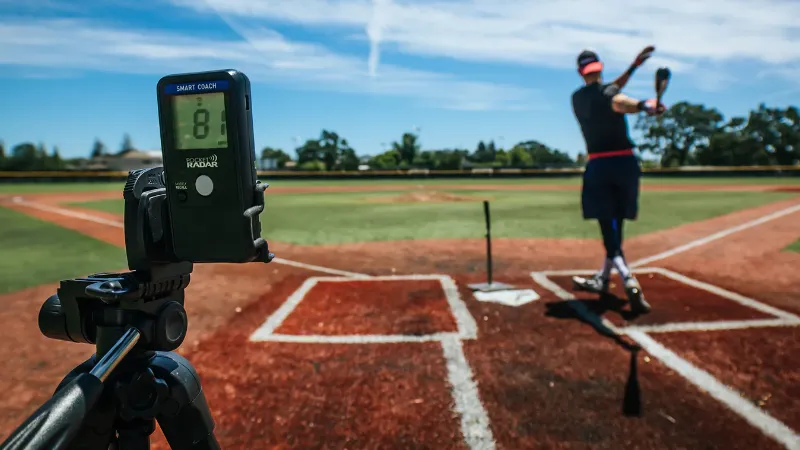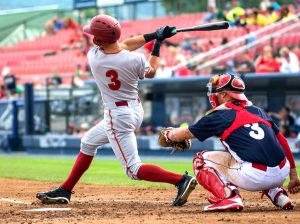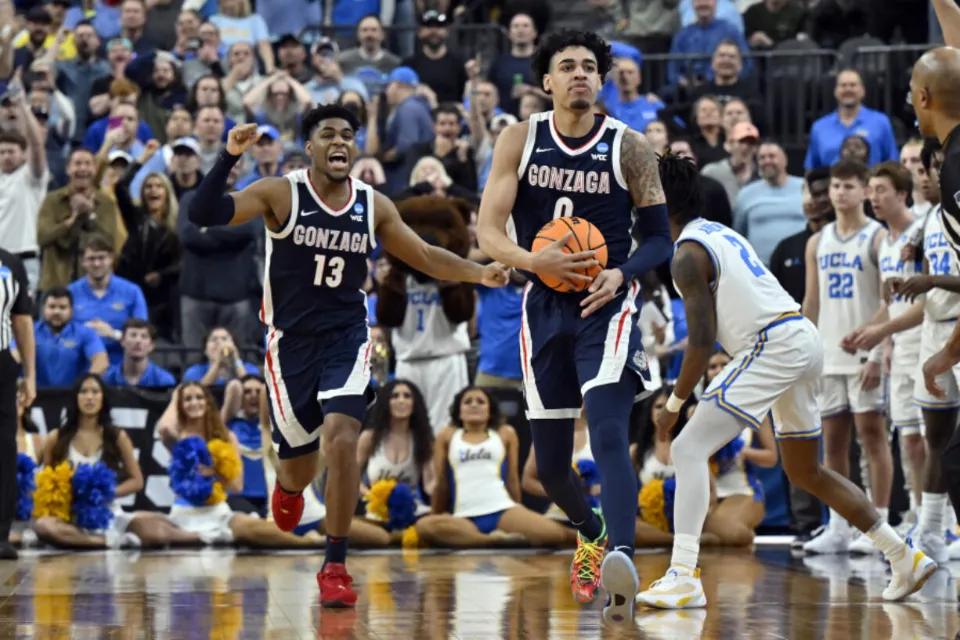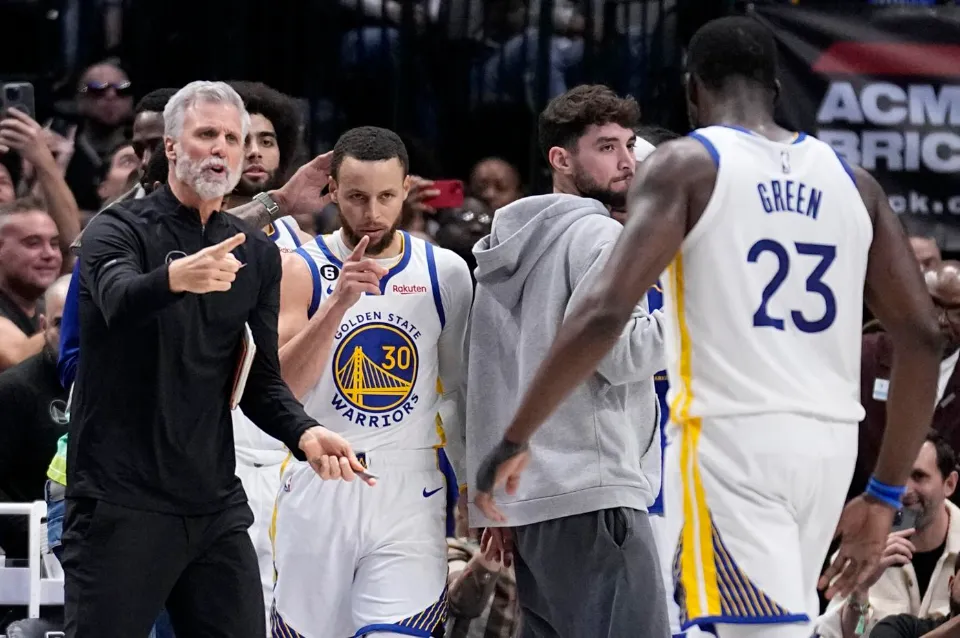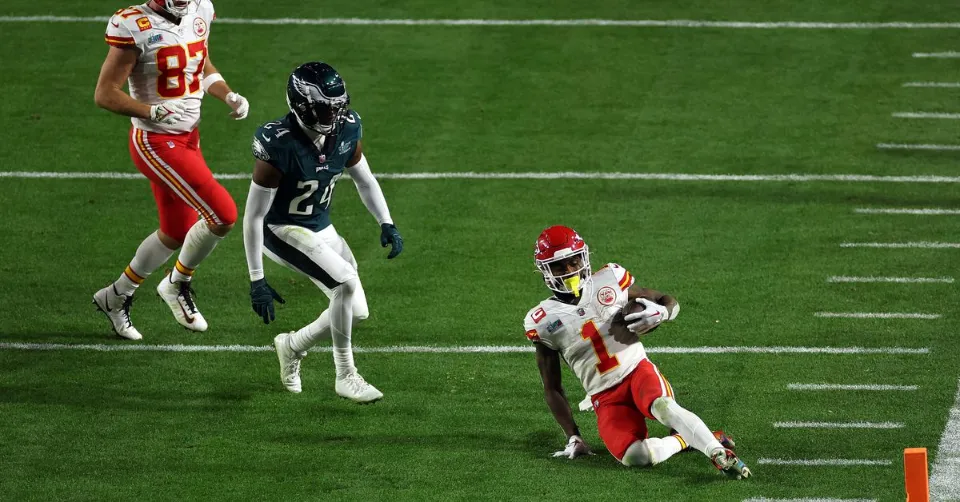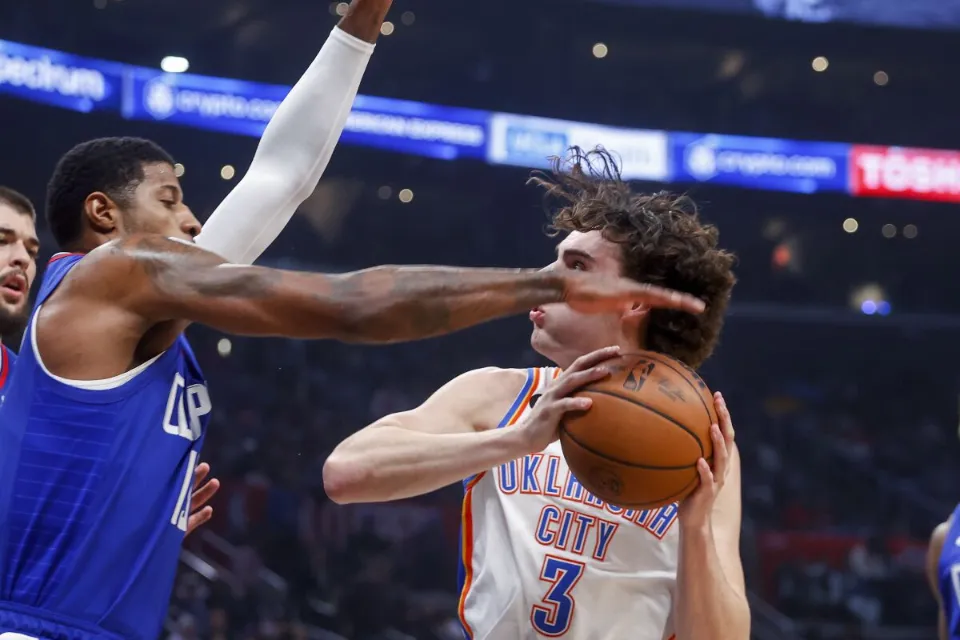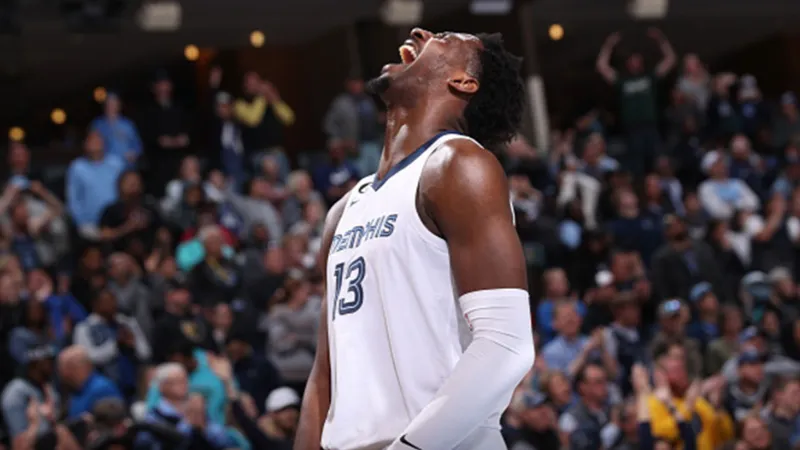How To Hit A Curveball Efficiently? Quick Learn
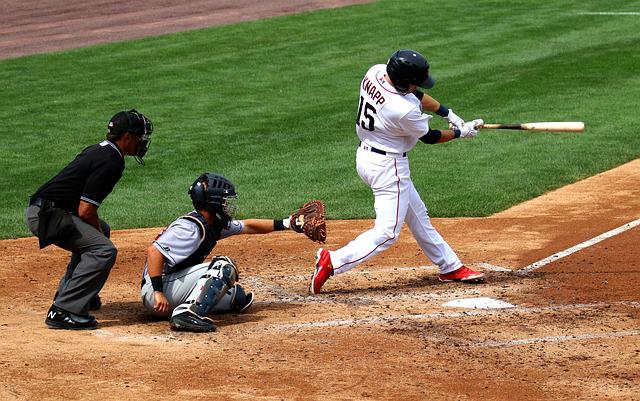
There was another swing and a miss after the curveball. Another monster bomb from him as he throws that curveball out of the park! Why do certain batters appear to have great success against a curveball while so many seem to struggle against this pitch? How to hit a curveball efficiently? There is a straightforward method for successfully hitting the curve.
Table of Contents
Understand The Curveball
Youth pitchers, as well as teenagers and some high school pitchers, are just beginning to learn how to throw curves. Most pitchers don’t do well in the process.
The advantage of a young pitcher throwing a curveball is that batters facing the field rarely see a curveball in their lifetime. A visually different pitch, followed by a straight fastball, was a strange and uncomfortable experience for a young hitter. As long as different looks are presented to the batter, as long as the curve is near the strike zone, it can be an effective pitch. But how do you hit the curve? Keep reading.
He said a good pitcher might locate half of their arc in the strike zone. The other half of the players did not enter the box, and quite a few bounced in the dirt. About half of the pitchers in the zone are good “pitchers throws” (at the knees and edge of the backboard). About half will occupy most of the strike zone. I’m going to go back to these points in A and B
How To Improve To Hit A Curveball?
Correct The Defect Of Swing Center Of Gravity Offset
A common baseball term is “exposure”. This term is used when the pitcher has a sharp break or a high-speed fastball that is so good that it exposes the batsman’s swing defects.
Foreleg Transition
This is especially true in youth baseball games, where many players are still learning how to hit the ball correctly and shift their focus. The curveball will soon expose poor center of gravity transfer, causing the batter to jump to the ball. As we all know, when a batter rushes to a ball, he has little chance to hit the ball hard.
A striking Position
Therefore, if you want to hit the curveball, the first step is to practice your swing well. This may sound obvious, but it is the foundation that every batter needs. Parents usually do pitch recognition training first, but in fact, their young batters need more time to learn basic hitting skills.
Make Tee A Part Of Batting Foundation
Batting practice should be part of every batter’s practice plan. For a fixed ball, the batter can first concentrate on improving his swing. This laid the foundation for the correct center of gravity transfer and gave him a chance to play curveball.
Find A Coach, Player Or Pitcher
Keep Eyes On The Ball
One of the challenges of learning to recognize different pitches is to see them often. The best way to improve the ability of curveball rotation is, uh, to see more curveballs. A few shots per game is not enough.
So ask people around – find an older player, coach, friend, or parent who may be willing to take part in some heavy curling practice. If it fails, the local baseball driving range may have a machine that can throw the ball, or scan the local classified ads, and you may find a second-hand pitcher with a reasonable price.
Be creative and don’t be afraid to ask for help – seeing more curveballs is the first way to improve your hitting ability.
Use Color Balls To Develop Better Pitch Recognition
Even if a player doesn’t have a big brother, friend, coach or pitching machine to throw a real curveball, he can still train his pitching recognition ability through some simple techniques.
Blue Dot Baseball
Next, use balls of different colors for routine hitting practice, and let the batter say the type of ball immediately after finding the color of the ball (according to the color you choose).
Even if the hitting practice pitcher just throws a fast ball, the task of identifying each type of pitching will still train the batter to carefully observe the details of the ball as it leaves the pitcher. In turn, this will help teach visual skills, and the batter needs to recognize rotating curveballs and fastballs.
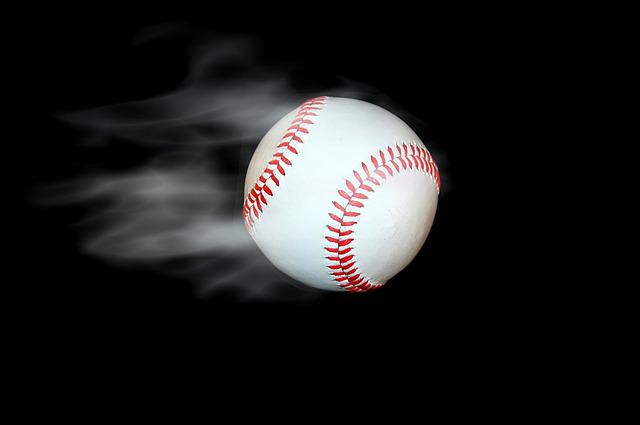
Green Baseball
Try coloring several baseballs with different color marks (such as blue and green) in order to practice hitting. There are many ways to do this:
Use a marker to draw lines at the seams so that their color is different from the typical red.
Draw big points in different aspects of the ball.
For the leather part with large color, the color of the ball is mostly the color of the marker.
Then, assign each color to a tone. An ordinary ball can be a fastball, a blue ball, a curveball, or a green ball with a change of speed.
Consider Things On How To Hit A Curveball
- Hold off on swinging if the pitch is approaching over the bottom half of the strike zone and you can tell it’s a curveball since there’s a significant possibility it will break down and leave the strike zone.
- Watch for the leveling out of a curveball pitch if it begins high over the plate. These throws, often known as “hanging curveballs,” are among the simpler to smash hard.
- Allow as much time to pass before swinging. See more about How Much Do Major League Baseballs (MLB) Cost?
How Do You Recognize A Curveball?
The pitcher may use their grip, the spin of the ball, and sometimes the initial direction in which the ball leaves the pitcher’s hand to deliver the ball.
How To Hit The Pitcher’s Changeup Or Overdrive?
You just load it later. Your swing should look the same, the only thing that will change is when you start loading. Be careful though, some pitchers, catchers and coaches may notice this and will deliberately not let you get away with anything if they realize your front foot will drop later.
When The Pitcher Is Going To Throw A Curveball
As hitters, we should have a plan of attack. Sometimes our plans have to change when we bat. If a pitcher often throws a curveball or changeover on two hits, then yes, expect to throw that pitch. So if pitchers have a consistent tendency, then yes, take that risk.
Read about What Is A Pull Hitter In Baseball?
Conclusion
Even professional athletes struggle to hit the elusive curveball. This type of pitch is intended to confuse the batter. Due to the spin the pitcher applies to the ball, it tempts batting players into making weak swings and fools them by breaking in one way or another. The curveball is often known as a “breaking ball” for this reason. There are techniques you can use to overcome the physics of the curveball and crush it into outer field, even if you believe you will never be able to master this pitch entirely.
